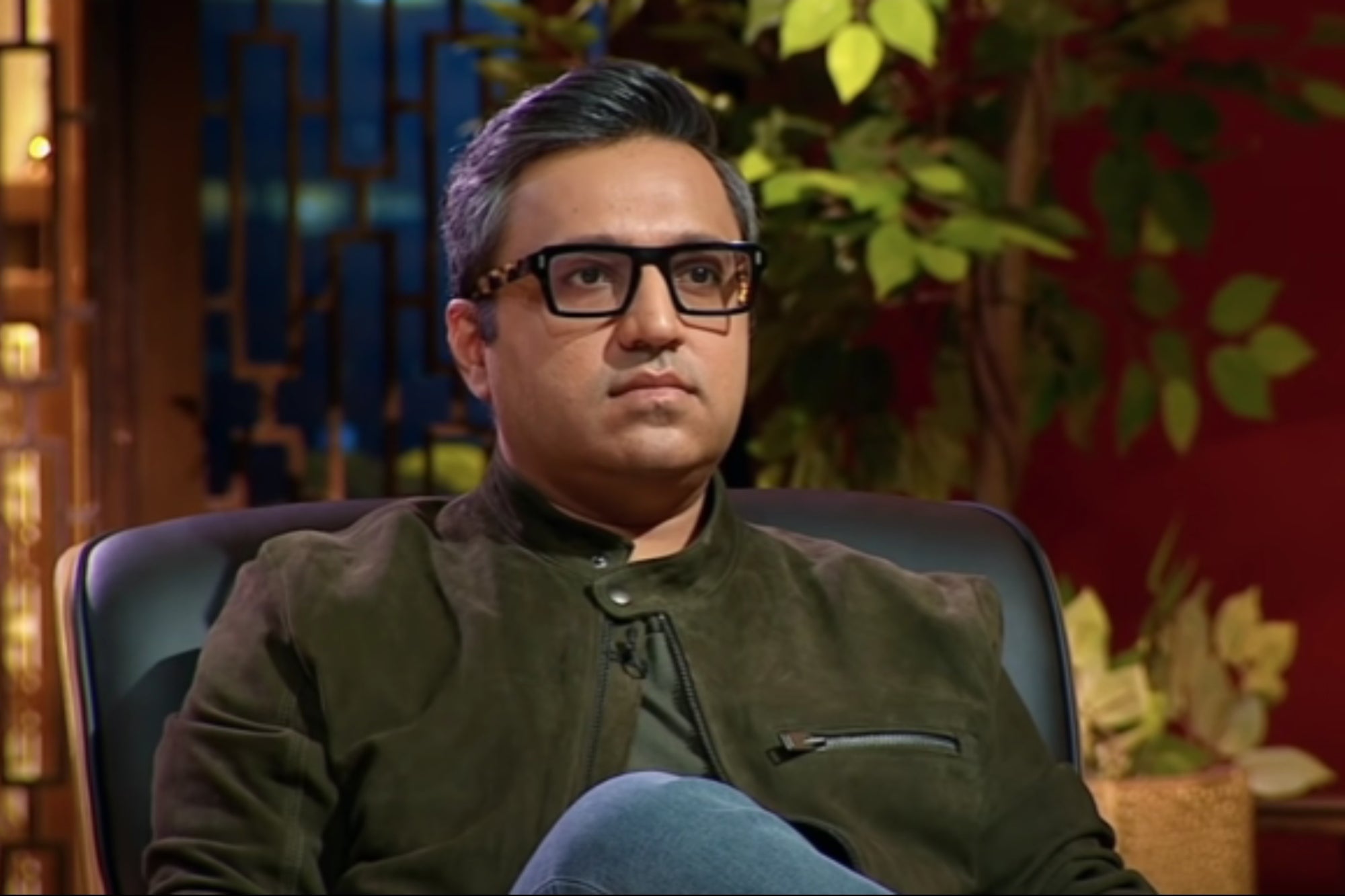The past is a funny thing. Sometimes, it’s a treasure trove of happy memories, filled with familiar faces and joyful moments. Other times, there are corners we’d rather not revisit. For those of us with less-than-ideal exes, long-lost acquaintances, or even awkward family photos, Google Photos is offering a new feature that puts you in the director’s chair of your digital memories.
Get ready to say goodbye to unwanted appearances in your Memories! Google Photos is introducing a game-changer: the ability to hide specific people from your automatically generated memory collages. This means you can curate your digital past, ensuring those unexpected blasts from the past don’t disrupt your nostalgic stroll down memory lane.
Why We Hide: Embracing the Power of Selective Memory
The human mind is a master of selective memory. We naturally gravitate towards positive experiences, pushing unpleasant memories to the back burner. This psychological quirk extends to our digital lives as well. Scrolling through a seemingly innocent collection of photos and suddenly being confronted with someone you’d prefer to forget can be jarring.
Google Photos understands this. Memories are supposed to spark joy, to make us smile and reminisce about cherished moments. The new feature acknowledges that not all aspects of our past deserve a place in these curated collections.
Beyond the Ex Factor: Expanding the Use Case
While the “awkward ex” scenario might be the first that comes to mind, the ability to hide faces in Memories has broader applications. Consider these situations:
- Family Feuds: Family dynamics can be complex. Maybe there’s a strained relationship with a relative you’d rather not see popping up in your memories. Hiding their face allows you to enjoy photos of other family members without the unwanted reminder.
- The Power of “Almost”: Sometimes, relationships don’t quite work out, leaving behind a trail of “almost” moments. Hiding the face of that “what-if” person can help you move forward with a clearer focus on the memories that truly matter.
- Childhood Friendships: Childhood friendships can fizzle out over time. Hiding the face of a former best friend you no longer connect with allows you to cherish photos of your younger self without the pang of a lost connection.
Curating, Not Deleting: A Nuanced Approach
It’s important to understand that hiding someone from Memories doesn’t erase them from your photo library altogether. The photos themselves remain safely stored, accessible whenever you want to revisit them. This feature is about refining your Memories experience, ensuring it reflects the past you want to celebrate.
The Science of Digital Decluttering
Have you ever scrolled through your phone’s photos and felt a pang of discomfort at an unexpected face? The digital age has led to an explosion of personal photos, but not all memories deserve a front-row seat. Google Photos’ new feature to hide faces in Memories taps into the science of selective memory and empowers you to curate a more positive digital environment.
Why We Declutter: The Power of Selective Memory
Our brains naturally prioritize positive experiences, filtering out unpleasant memories. This extends to our digital lives as well. Studies have shown that encountering negative stimuli online can trigger stress and anxiety. By hiding unwanted faces in Memories, you’re essentially managing your exposure to potentially negative digital triggers, promoting a sense of calm and well-being.
Approach to Digital Photo Management
Hiding faces is a powerful tool, but it’s just one piece of the digital decluttering puzzle. Here’s how to take a more comprehensive approach:
- Organize for Memory Retrieval: Just like filing cabinets help us find physical documents, organizing your photos into albums based on themes, events, or people makes it easier to find specific memories later. Delete blurry or duplicate photos that don’t add value to your collection.
- Minimize Unwanted Uploads: Many apps and services automatically upload photos to your library. Review these settings and unsubscribe from uploads from sources you no longer use to prevent unwanted clutter.
- Backup and Free Up Space: Use Google Photos’ auto-backup feature to ensure your precious memories are safe and secure in the cloud. Then, utilize the “Free Up Space” option to remove local copies and reclaim storage space on your device.
The Future of Memories
The ability to hide faces opens the door for exciting possibilities in the future. Imagine a Google Photos that allows you to collaborate with friends and family on managing shared memories. This could involve:
- Democratic Decision-Making: Imagine filtering out unwanted faces in group photos with a simple voting system, ensuring everyone involved has a say in how the memory is presented.
- Event-Specific Memories: Think about designating specific events or trips to be automatically included or excluded from Memories depending on who was present. This personalizes the Memories experience for each individual.
- Shared Storytelling: Perhaps Google Photos will one day allow collaborative captions, stories, or voice-overs to be added to shared memories. This collaborative approach could enrich the experience for everyone involved, fostering stronger connections.
You Are the Curator of Your Digital Story
Google Photos’ new features empower you to become the curator of your digital story. Don’t be afraid to leverage the editing tools available. Hide unwanted faces, declutter your library, and curate your Memories into a collection that sparks joy and reflects the past you hold dear. After all, your memories are yours to shape, and with this update, Google Photos puts the power of digital storytelling firmly in your hands.
Please share your thoughts in the comments. At theproductrecap.com, we are open to friendly suggestions and helpful inputs to keep awareness at peak









